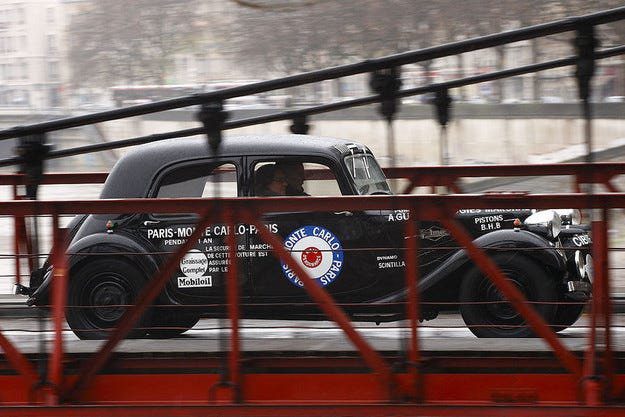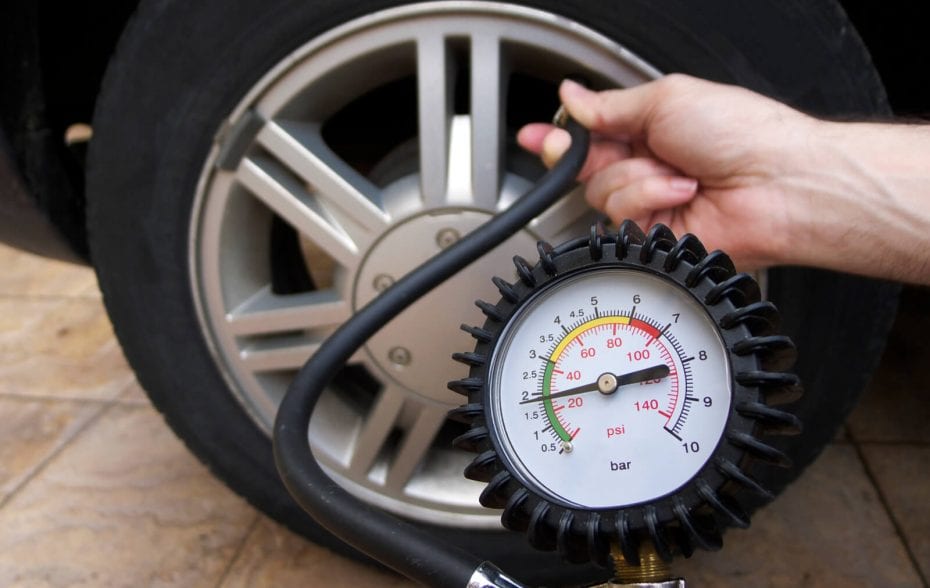
How much should the tires be inflated in winter?
In this review we will talk about something so elementary that most of us do not even think about it: tire pressure.
Most people's approach is to inflate their tires well, usually during seasonal changes. The parameter is evaluated visually - by the deformation of the tire. Unfortunately, this not only leads to additional costs, but also significantly increases the risk of an accident.
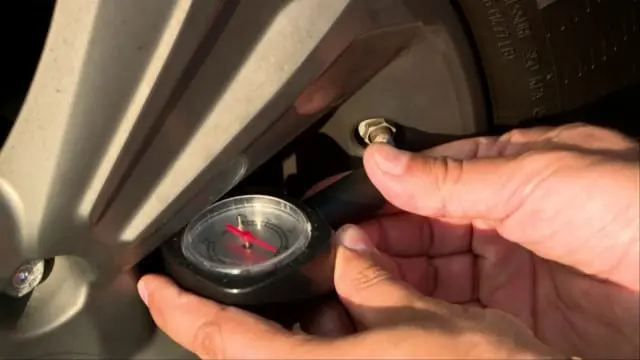
Tire contact with the road
The behavior of the car, its ability to turn, stop and maintain dynamics even on slippery surfaces depends on this factor. Some people think that slightly flat tires increase traction. But if it is not properly pumped, the contact surface is significantly reduced. And when we say “right”, we are talking about two extremes: pumped and flat tires.
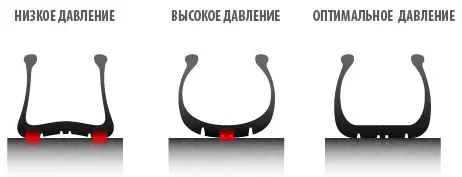
A flat tire is deformed and almost touches the road surface only with the tread edges. An overly inflated tire swells in the center of the middle, causing the contact surface to narrow. In both cases, traction deteriorates and the braking distance is significantly increased. Not to mention the fact that the tire itself wears out faster.
Unfortunately, pressure drops of a few tenths of a bar are not visible to the naked eye. At the same time, the tire inevitably loses air over time - sometimes quite quickly if there are frequent bumps (speed bumps and potholes) during the ride.
That is why it is recommended to check and adjust the pressure regularly - once a month. A pressure gauge will only cost you a couple of dollars. Almost all cars under 20 years old have instructions on how to properly pressurize—with one more tweak if you're hauling heavy loads.
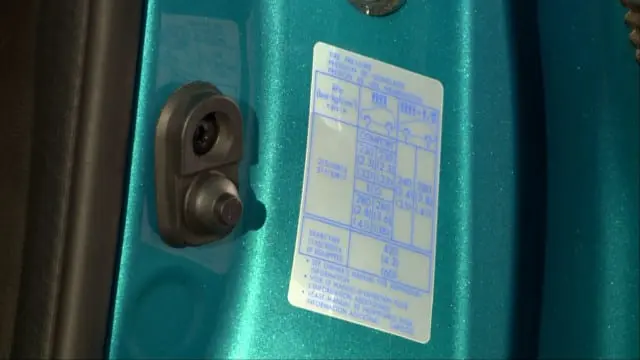
Correctly inflate tires before they warm up, that is, after no more than 2-3 kilometers of slow driving. After the trip, add about 0,2 bar to the pressure gauge. Then check the pressure again when the tires have cooled.
The reason is obvious: heated air expands, resulting in increased pressure. A temperature drop of ten degrees can reduce tire pressure by 0,1-0,2 bar. For this reason, some manufacturers advise inflating the tires a little harder before winter operation. with the onset of frost, the air in them will become slightly discharged, and the pressure will stabilize at the optimum level.
However, others refrain from such a recommendation, probably because there is too much risk of overdoing and impairing the handling of your car. In any case, it is wiser to check the pressure more often in winter.
